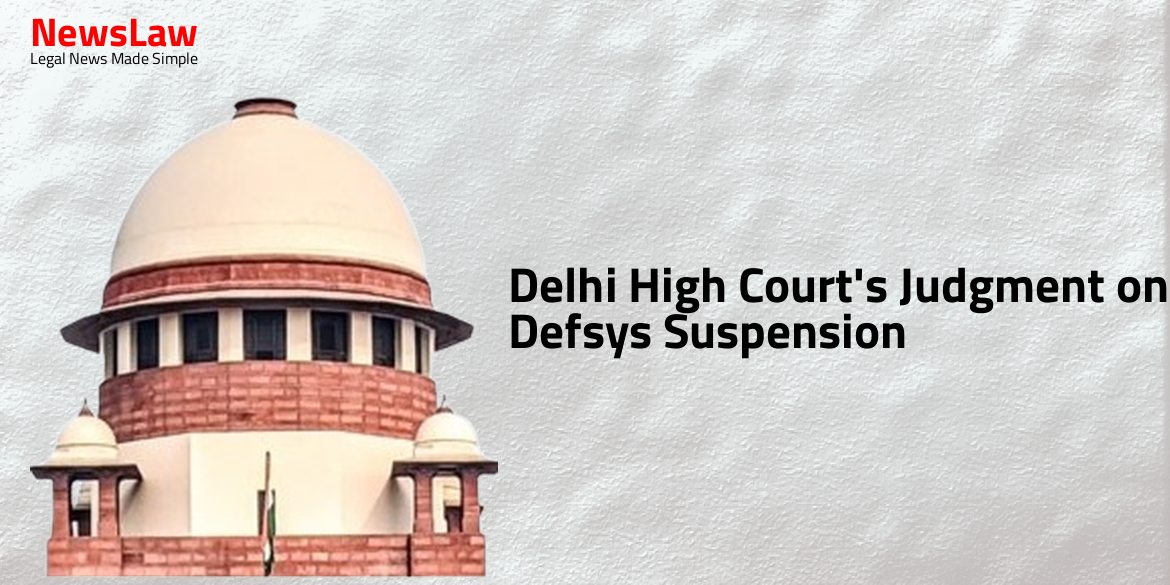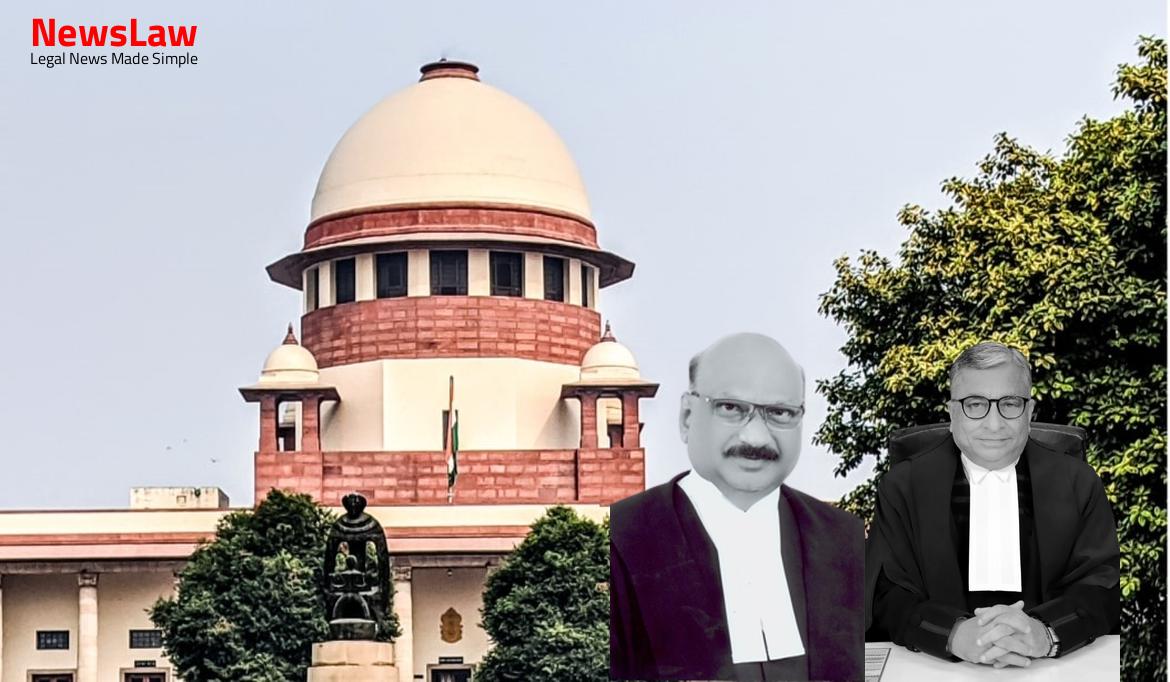In a significant legal case emphasizing the protection of wildlife sanctuaries and the importance of environmental conservation, the Supreme Court of India delivered a crucial judgment. The case highlighted the duty to uphold fundamental principles of safeguarding the environment, impacting the ecological balance. Let’s delve into the details of this ruling and understand the pivotal role each individual plays in preserving our natural heritage.
Facts
- The Environmental Clearance granted by the State Level Environment Impact Assessment Authority (SEIAA) for the development of the project is not in conformity with the Notification dated 14.09.2006 of the Ministry of Environment and Forest (MoEF) and has been set aside.
- The Conservator of Forests of Chandigarh has written a letter to the Chief Architect, UT of Chandigarh, for the inclusion of the area proposed as Wildlife Corridor along with the approval accorded by the Planning Commission of India in the Master Plan of Chandigarh.
- The permission granted by Nagar Panchayat to Tata HDCL in 2013 has been set aside.
- The High Court orders protect Sukhna Lake and its catchment area from any housing, commercial, or industrial projects to the north of Capitol Complex Chandigarh.
- A petition challenging the project’s violation of laws was filed in the High Court of Punjab and Haryana.
- The SEIAA sought clarification regarding the project’s proximity to Sukhna Wildlife Sanctuary.
- The High Court referred to a joint inspection report and the Survey of India Map in relation to the project site.
- Orders were passed for Tata HDCL to comply with environmental and wildlife protection Acts for necessary clearances.
- Subsequent legal challenges and transfers of proceedings occurred between different courts.
- Ultimately, the High Court determined the project site as part of the Sukhna Lake area and prohibited construction in that location.
- An earlier order of the High Court regarding the project was set aside in subsequent proceedings.
Also Read: Supreme Court Ruling on Exemption of Excise Duties and Cess
Analysis
- The court highlighted the need to protect flora and fauna as a major portion of the ecosystem.
- The court found that no project should be allowed within a certain distance from the wildlife sanctuary as per statutory regulations.
- The court criticized the State of Punjab for not acting in accordance with the Doctrine of Public Trust, pointing out the project’s connections to political figures.
- The court emphasized the adverse impact of development and urbanization on natural surroundings, citing past environmental disasters.
- The history and importance of wildlife conservation in India, including key initiatives like Project Tiger and Project Elephant, were discussed.
- The court stressed the dependence of both humans and wildlife on the environment for survival.
- Various reasons affecting wildlife were listed, including population growth, deforestation, and unplanned land-use policies.
- The court referenced the Directive Principles of State Policy regarding environmental protection and wildlife conservation.
- The court discussed the importance of eco-sensitive zones and regulations to protect wildlife habitats.
- Issues regarding the Buffer Zone around the Wildlife Sanctuary were highlighted, including disagreements between the State of Punjab and the Ministry of Environment.
- The court referred to a specific case, Goa Foundation vs Union of India, to emphasize the need for protection of wildlife sanctuaries and eco-sensitive zones.
- Details about the ‘Group Housing (CAMELOT) Project’ in Naya Gaon, Punjab, were provided, including plot area and project description.
- Article 51(A) provides fundamental duty to protect and preserve environment, wildlife, etc.
- Articles 48(A) and 51(A)(g) of the Constitution of India emphasize on the protection and preservation of the environment and wildlife.
- These articles highlight the importance of safeguarding the natural resources for the present and future generations.
- The fundamental duty to protect and preserve the environment is a crucial aspect of the constitutional mandate.
- It is essential for the citizens to uphold these duties to ensure sustainable development and conservation of wildlife.
- Indian Council for Enviro-Legal Action vs Union of India and others, (1996) 5 SCC 281: Court emphasized on the importance of sustainable development.
- Vellore Citizens’ Welfare Forum v. Union of India, (1996) 5 SCC 647: The concept of sustainable development was discussed by the Court.
- Animal and Environment Legal Defence Fund v. Union of India, (1997) 3 SCC 549: Public trust doctrine was used to protect wildlife and fragile ecology.
- Intellectuals Forum, Tirupathi vs State of A.P. and others, (2006) 3 SCC 549: Sustainable development principle was considered by the Court.
- M.C. Mehta v. Kamal Nath, (2000) 6 SCC 213: The polluter pays principle was evolved by the Court.
- M.C. Mehta (Badkhal and Surajkund Lakes matter) vs Union of India and others, (1997) 3 SCC 715: Court made certain observations.
- M.C. Mehta vs Kamal Nath and others, (1997) 1 SCC 388: Doctrine of Public Trust was discussed in this case.
- Projects cannot be permitted within a short distance from the wildlife sanctuary.
- Government’s failure to protect the eco-sensitive zone is evident.
- Setting up high-rise buildings up to 92 meters near the sanctuary is impermissible.
- Notification for a buffer zone of 100 meters not accepted by MoEF.
- Court duty to intervene when authorities fail to protect the wildlife sanctuary.
- Clearance for the project is quashed as a result of the above points.
Also Read: Electricity Sector Reforms: Upholding State Government’s Policy Decisions
Case Title: TATA HOUSING DEVELOPMENT COMPANY LIMITED Vs. AALOK JAGGA
Case Number: C.A. No.-008398-008399 / 2019



